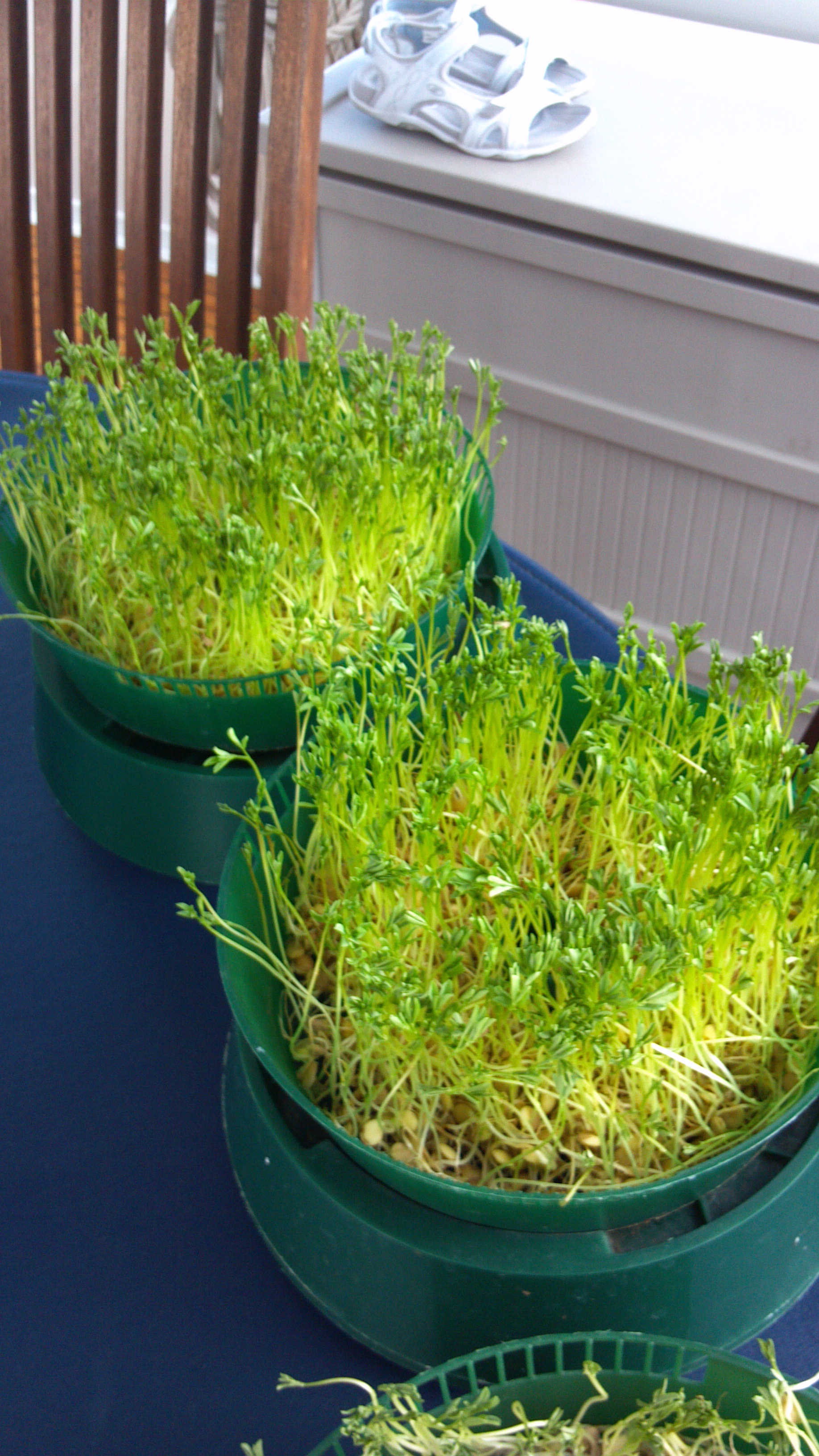Editor’s Note: While we are evacuating our cities and sitting in stand still traffic for hours on end, Capt. Mike and his wife will be setting there sails toward a remote island to sit out a SHTF emergency in quiet solitude. Capt. Mike a nautical virtuoso, is rigging his bug out boat SHTF-style and equipping it with different alternative powers to rely on during a SHTF scenario. These alternative powers can easily be converted for a home or cabin.
Click here to read Capt. Mikes plan, his philosophy, the boat’s solar power, the boat’s wind turbines, and its inverter.

In a previous article, I wrote about our bug-out plans aboard our yacht when the SHTF. Today I am going to review some details of how we plan to survive afloat. While your plans may not involve a boat, you can still possibly use our techniques in your preparedness plans.
Food, you can only last about 3 weeks without consumption. When prepping, it takes some time to consider what foods you must store for the future. But storing any food that is not both tasty and nutritious will be a waste of time.
In our prepping planning process we could not figure how to plan for having fresh vegetables, as you might imagine, we have very limited garden space aboard our boat. So we came across the idea of sprouting seeds; this looked to be a good idea for fresh vegetables.
Not only are sprouts loaded with enzymes, they are also packed with vitamins and minerals.
If it’s Alive, You will Thrive
You must have some food that is alive. Live (fresh) plant foods contain enzymes which help to digest foods. You need to have some foods that are a supply of live enzymes so that you can better digest your food. In times of anxiety, your digestive system tends to falter a little; it needs enzymes to break down the food to function properly.
Every time someone asks me where to begin when purchasing sprouting seeds, I always tell them to start with the fundamentals: grains and beans. These are nearly infallible. Look for the sprouts you see in the grocery store produce section; perhaps even buy some for a taste test.

So what seeds are best to sprout? Wheat is good and you can also sprout grains such as barley, buckwheat, corn and rye. Grains high in protein are named super grains. These include millet, and buckwheat. If you are affected by gluten, you will want to consider gluten-free grains such as rice.
Beans that can be sprouted include: black beans, great northern beans, garbanzo beans, navy beans, kidney beans, soybeans, pinto beans, red beans, lentils, and mung beans. We especially like lentils as they have a shelf life after sprouting much longer than other seeds. I recently tried sprouting lentils that I bought dried at the grocery store; they worked great. And compared to the $8 dollar per pound of lentils at the sprouting store compared to $1.50 per pound at the grocery store, that can’t be beat.
Vegetable seeds that sprout also include: broccoli, onion, cabbage, and radish. Sprouting seeds can be purchased in health food stores or from online retailers. A favorite website I use is The Sprout People.
What do you do with sprouts? You can make sandwiches from them, place them in omelets, stir fry, or as we prefer, just make a big tasty fresh salad.
We keep about 10 different varieties of sprouting seeds on hand and rotate them regularly. We order more when the supply gets below our survival levels.
How to Sprout
If you have quart jars or sprouting trays, you can sprout.
To grow sprouts successfully follow these simple steps:
1. Place the seeds in a jar with a lid that has holes in it for drainage. You will have to make a few trial runs to determine just how many seeds to soak. You can purchase the lids from a seed retailer. If you cannot find plastic sprouting lids, just punch some holes in a metal lid.
2. Fill the jar with water and rinse the seeds. Drain them through the lid. If you have sprouting trays which can be bought from seed retailers, follow the same basic steps.
3. Fill the jar with water again and let the seeds soak overnight.
4. The next day, drain the water from the jar of sprouts.
5. Place the jar in a warm place, about 60-80 degrees F, out of direct sunlight. Rinse them twice daily, draining off excess water each time. The sprouts will start to grow. It generally takes about three to five days for the sprouts to grow mature enough for use.
6. When the spouts are mature, expose the sprouts to sunlight after they start to mature. Put them on a windowsill for a few hours to build up the chlorophyll that gives sprouts their green color. You do not have to place them in direct sunlight however.
7. When they have turned green, harvest and eat the sprouts. Bean sprouts are best eaten when the sprout pops out of the seed.
8. Sprouts can be kept in the refrigerator for a few days in an airtight container with a paper towel under the sprouts. Sprouts go bad after 3 to 4 days. If you cannot eat them all, freeze them for use in stir-fry meals.
Sprouts are best if eaten raw in salads or lightly cooked. Sprouting grains, legumes and seeds literally converts the seeds into fresh produce. It is like having an indoor garden when other fresh produce is not available.
Fresh is Best
 Recently, I began thinking of other ways to supplement our onboard fresh food. I reviewed many vegetables to discover which could be container grown, after all, we can’t really have a garden aboard our boat.
Recently, I began thinking of other ways to supplement our onboard fresh food. I reviewed many vegetables to discover which could be container grown, after all, we can’t really have a garden aboard our boat.
I came up with a simple method to grow some vegetables and be able to take our garden with us. A trip to Wal-Mart produced 3 trays about 18”x28”x9” and some potting soil. The containers were filled with soil and planted with lettuce and radish seeds. These vegetables were selected simply because they have shallow root systems.
We have purchased spinach seeds that we’ll plant when it cools back down. Our SHTF seed supply now has 7 different lettuces, radishes, and spinach.
Both the lettuce and radishes are doing very well and we have already begun to harvest some for our meals.
In addition, we have a 5-gallon bucket that we can grow tomatoes or peppers in.

Very informative article. Thanks for sharing it really give me ideas about what seeds to sprout. Lucky to find this blog :).
Normal
0
false
false
false
EN-US
X-NONE
X-NONE
/* Style Definitions */
table.MsoNormalTable
{mso-style-name:”Table Normal”;
mso-tstyle-rowband-size:0;
mso-tstyle-colband-size:0;
mso-style-noshow:yes;
mso-style-priority:99;
mso-style-qformat:yes;
mso-style-parent:””;
mso-padding-alt:0in 5.4pt 0in 5.4pt;
mso-para-margin:0in;
mso-para-margin-bottom:.0001pt;
line-height:115%;
mso-pagination:widow-orphan;
font-size:11.0pt;
font-family:”Calibri”,”sans-serif”;
mso-ascii-font-family:Calibri;
mso-ascii-theme-font:minor-latin;
mso-fareast-font-family:”Times New Roman”;
mso-fareast-theme-font:minor-fareast;
mso-hansi-font-family:Calibri;
mso-hansi-theme-font:minor-latin;
mso-bidi-font-family:”Times New Roman”;
mso-bidi-theme-font:minor-bidi;}
I actually host a <a href=”http://www.noordinaryhomestead.com/category/sustainable-living/in-the-garden/garden-life-link-up/“> weekly gardening link up</a> every Friday on my blog. I’d love for you to drop by and join in.